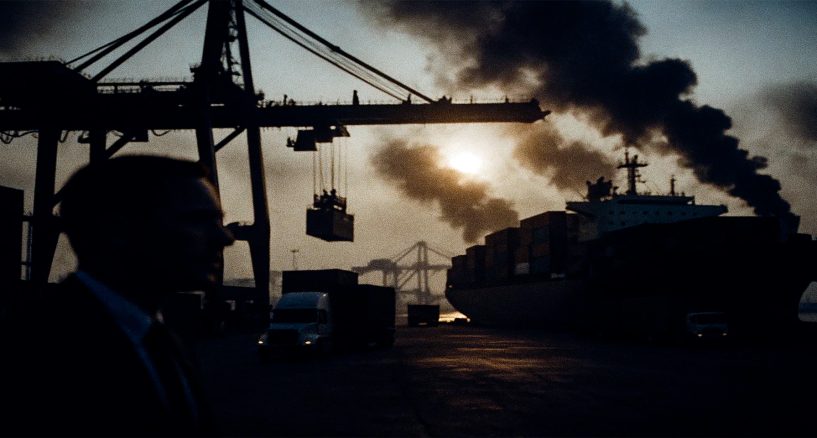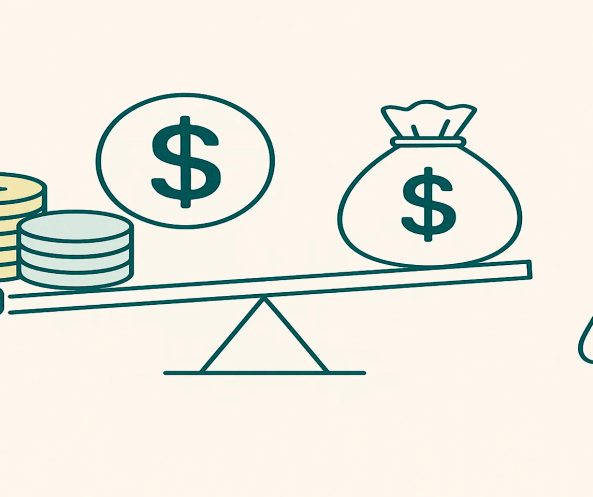International Loans in Logistics Crises: Financing Recovery, Trade Stability, and Supply Chain Resilience
How International Loans Are Used to Overcome Logistics Crises
When global trade runs smoothly, most people rarely think about the infrastructure that supports it. But when logistics grind to a halt—whether because of port closures, strikes, natural disasters, or sudden geopolitical shocks—the world feels the impact. Shelves empty, factories stall, and costs skyrocket. In these moments, international loans often serve as financial lifelines. They give governments and companies the means to repair damaged routes, stabilize supply chains, and prevent temporary disruption from becoming a long-term economic setback. The story of how such loans are structured and applied shows just how critical outside financing has become to global trade resilience.
Why Loans Matter During Logistics Breakdowns
Unlike local financing, international loans bring access to larger pools of capital with longer maturities and lower rates. When ports flood or highways collapse, domestic banks may be overwhelmed by the scale of repair needed. International institutions—such as development banks or global credit agencies—step in to bridge the gap. Loans are not just about plugging budget holes; they allow governments to quickly restore infrastructure before trade partners lose confidence. For businesses, international credit facilities can fund alternate shipping methods, cover emergency storage, or secure contracts with backup suppliers. Without this kind of funding, crises could trigger cascading losses across entire sectors.
Typical Uses of International Loans in Logistics Crises
| Use | Government Role | Business Role |
|---|---|---|
| Repair of damaged infrastructure | Fund rebuilding of ports, bridges, rail | Co-finance upgrades near facilities |
| Temporary logistics solutions | Arrange alternate routes with neighbors | Lease extra transport or storage |
| Maintaining trade flows | Secure international credit guarantees | Finance contracts with substitute suppliers |
Government Responses Backed by Credit
National governments often turn to international lenders when crises exceed domestic capacity. For example, after natural disasters damage ports, loans from development banks allow rapid reconstruction. These loans are frequently tied to conditions such as transparency in contracting or long-term sustainability upgrades. In some cases, governments use credit to negotiate regional cooperation, such as financing new border crossings or upgrading shared railway corridors. Such steps restore not just physical infrastructure but also confidence among trading partners, ensuring that global companies continue routing goods through affected areas rather than shifting supply chains elsewhere.
Examples of Government Loan Applications
| Scenario | Loan Application | Outcome |
|---|---|---|
| Port strike leading to shipping backlog | Emergency international loan for expanding inland terminals | Reduced bottlenecks and restored trade flows |
| Earthquake damage to highways | Development bank loan for rapid road reconstruction | Reopened transport routes within months |
| Geopolitical border shutdown | International guarantee to fund alternative rail link | Maintained continuity of exports and imports |
Business-Level Adjustments With Loan Support
While governments focus on large-scale recovery, private businesses use international loans differently. Companies apply for credit lines to secure alternate freight routes, hire third-party logistics providers, or invest in temporary warehousing closer to customers. Exporters in manufacturing often rely on these facilities to cover penalties from delayed deliveries, preventing long-term damage to client relationships. In some cases, multinational corporations arrange syndicated loans specifically designed to stabilize their supply chains, pooling resources across multiple banks to spread risk. This flexibility allows firms to adapt quickly, protecting not only their own operations but also the jobs and suppliers that depend on them.
Risks That Come With Borrowing
International loans are powerful tools, but they are not without risks. Governments can accumulate debt faster than expected if multiple crises overlap, especially in regions prone to natural disasters. Businesses relying too heavily on borrowed funds may face repayment difficulties if disruptions last longer than projected. Rising global interest rates also complicate repayment, turning what seemed like manageable loans into long-term burdens. Finally, conditionality from lenders—such as requirements for restructuring or privatization—can spark political tension. Balancing the urgent need for capital with the future impact of debt is a challenge every borrower must navigate carefully.
Forward-Looking Trends
Looking toward 2030, international loans in logistics crises are likely to become more structured and preventive rather than purely reactive. Lenders are experimenting with “resilience loans” tied to pre-agreed triggers like natural disasters or trade shocks, which release funds immediately when conditions are met. Insurance-linked credit is also being tested, where payouts cover both physical damage and the cost of maintaining trade during disruption. Another likely trend is greater emphasis on sustainability: new loans will not just rebuild damaged ports but also fund green upgrades, such as energy-efficient terminals or digital tracking systems. The goal is not only recovery but building supply chains that can endure repeated shocks.
Automated Trigger Loans
Imagine a future where a major port in Asia is shut down by a typhoon. Instead of weeks of negotiations, a resilience loan activates instantly once weather data and government reports confirm the disaster. Funds flow within days, allowing cranes, storage facilities, and key transport routes to be restored quickly. Shippers avoid months of backlog, and trade resumes far sooner than under current models. Automation transforms financing from a reactive patch into a pre-engineered response system.

Insurance-Linked Logistics Credit
In another case, a European freight company secures an international loan tied to an insurance contract. When a strike at a major shipping hub halts containers for two weeks, the insurance component triggers payouts that cover temporary air freight costs. The loan ensures capital is available to book alternate carriers immediately, keeping supply commitments intact. Such hybrids may become the norm by 2030, blending financial stability with operational flexibility.
Green Recovery Financing
Picture a South American government using international loans not only to rebuild storm-damaged ports but also to install renewable energy systems and digital cargo tracking. Lenders provide favorable terms because the upgrades align with sustainability goals. The result is faster recovery, lower long-term energy costs, and a logistics hub that is more resilient to future shocks. By 2030, this model may dominate, with credit linked not just to recovery but to transformation.
Conclusion
International loans have become essential for navigating logistics crises. They enable governments to rebuild infrastructure quickly and businesses to adapt operations before damage spreads. Examples already show how versatile these tools are, from repairing highways after disasters to helping exporters cover penalties from delayed shipments. Yet loans come with risks, from rising interest costs to political conditionality. The future points toward smarter, pre-structured financing that blends automation, insurance, and sustainability. Crises may be unavoidable, but international loans can ensure they do not paralyze global trade, instead turning moments of disruption into opportunities for modernization and resilience.










 Financial Analyst & Luxury Asset Lending Specialist
Financial Analyst & Luxury Asset Lending Specialist